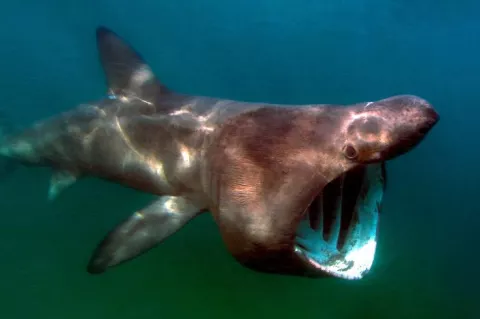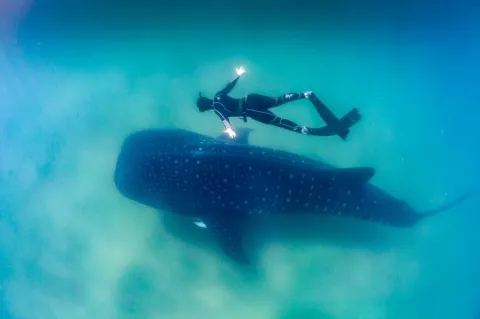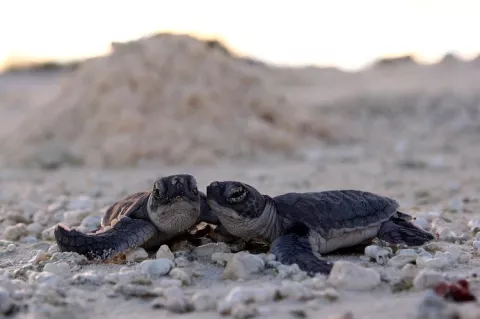Basking sharks are not cold-blooded
The revelation that basking sharks are partially warm-blooded challenges previous assumptions about the physiology of these colossal creatures and has significant implications for their conservation and understanding of marine ecosystems.






